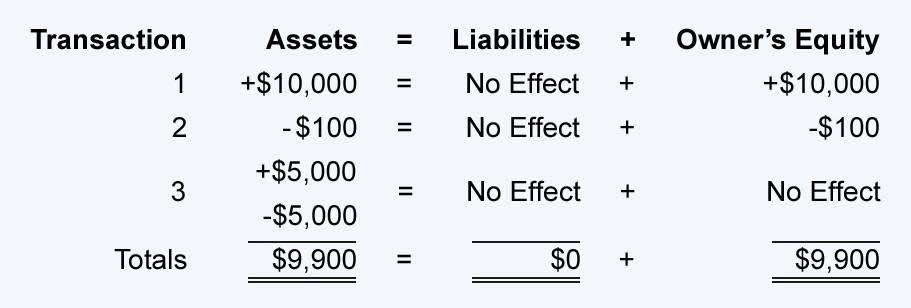
A cash flow statement essentially acts as a cheque book to help you pull together all the information on your income and expenses and understand overall profitability. You can also see your net cash flow, which is the amount of money your business made during a specific period after costs. For efficient restaurant accounting, you need to understand the ins and outs of the food and beverage industry. This step-by-step article is an excellent overview to help you get a handle on your restaurant bookkeeping. These advantages are true, but that doesn’t mean there won’t be overhead as I’ve demonstrated below. There are all sorts of variable expenses to understand before becoming a food truck owner.
- After all, as the old saying goes, ‘fail to prepare, prepare to fail’.
- When managed properly, your cash flow lets you track, understand, and anticipate your food truck’s expenses and income.
- More than a trendy name and landing page, your accounting service needs a reliable general ledger to track transactions, assets, and liabilities.
- Further, these supplies represent the investment you make in the business.
- Our restaurant technology consulting insights can make a significant difference in improving operating margins.
- A restaurant profit and loss statement, also called a P&L, is a financial document detailing the total revenue and expenses over a predetermined period of time.
While no defined average food cost percentage is defined, this range has been a well-known standard for US-based food operators. Follow the steps in this guide and, when in doubt, contact professionals for advice as soon as a problem arises. Staying on top of your financial records and daily accounting allows you to grow and scale your business. The right tools and partners in place make it easier to focus on building great customer relationships to keep your restaurant running for years to come.
Benefits of Accounting for a Restaurant
Restaurants with profits over $1 million should rely on the accrual method for accuracy and insight. The beginning inventory is the amount of food you have in your kitchens and storage rooms at the beginning of the period. At the same time, purchases food truck accounting refer to the supplies you purchase in food and beverage orders. Final inventory is the number of supplies you have left when your defined tracking period is over. Overhead rates are fixed costs of running your business, such as rent and insurance.
Your profit and loss statement, or P&L, is much like an income statement for the food truck. This document serves as a report to summarize income, expenses and inventory, illustrating your business’ total profits and losses over a specific period of time. Adding up your food truck’s expenses will help you to determine how much you have actually earned. Keep all of your sales receipts, organize them by date and enter the totals in a ledger divided into columns that correspond to categories of expenses. Devote columns to food purchases, as well as payroll expenses, commissary rent, utilities (fuel, propane), advertising, maintenance and repairs.
Stay up to date on the latest accounting tips and training
Click here to get a new food business case study with revenue numbers delivered each week. Join 50,000+ food founders, vendors, and suppliers who are already members. Tom is a partner at the firm and specializes in tax matters, accounting, and business consulting. He graduated from SUNY Geneseo and started his CPA practice in 1986 after 3 years with a local CPA firm. We work will work your tax preparer (CPA or Enrolled Agent) to answer questions about your books, so they can prepare your Federal and State taxes. We can also refer you to trusted tax preparer partners, if you want us.
- On-demand back office, financial reporting, P&L, A/P Automation and Bookkeeping, Payroll Services for Bar Restaurant operators in New York City.
- Outgoing expenses should be recorded with the help of receipts and invoices.
- Whether managing finances from the food truck or remotely, owners can conveniently access and update their accounting data, providing flexibility and convenience.
- Take care of marketing, serving the best food, perfecting your operation.
- Your business cash flow is the amount of money that flows in and out of your business.
- Most food truck employees earn wages rather than salaries; multiply employee hours by their hourly wage to determine base payroll amounts.